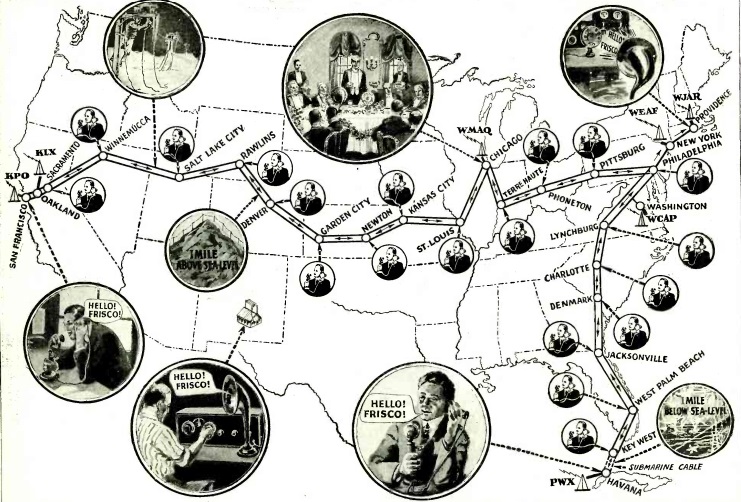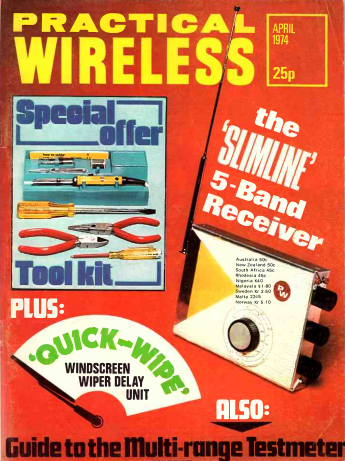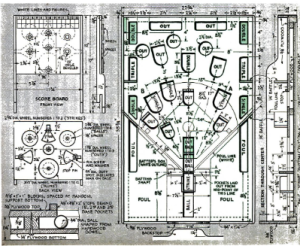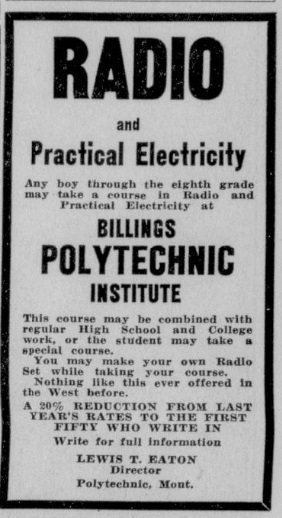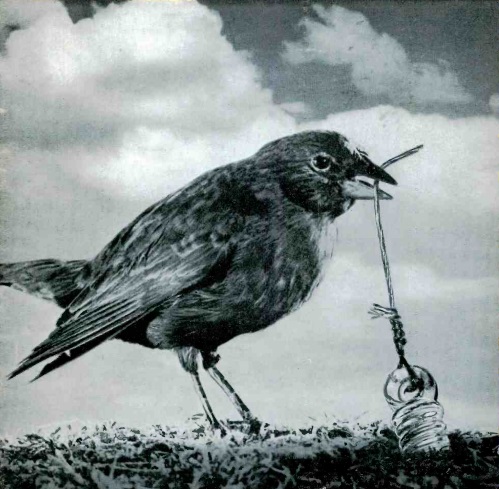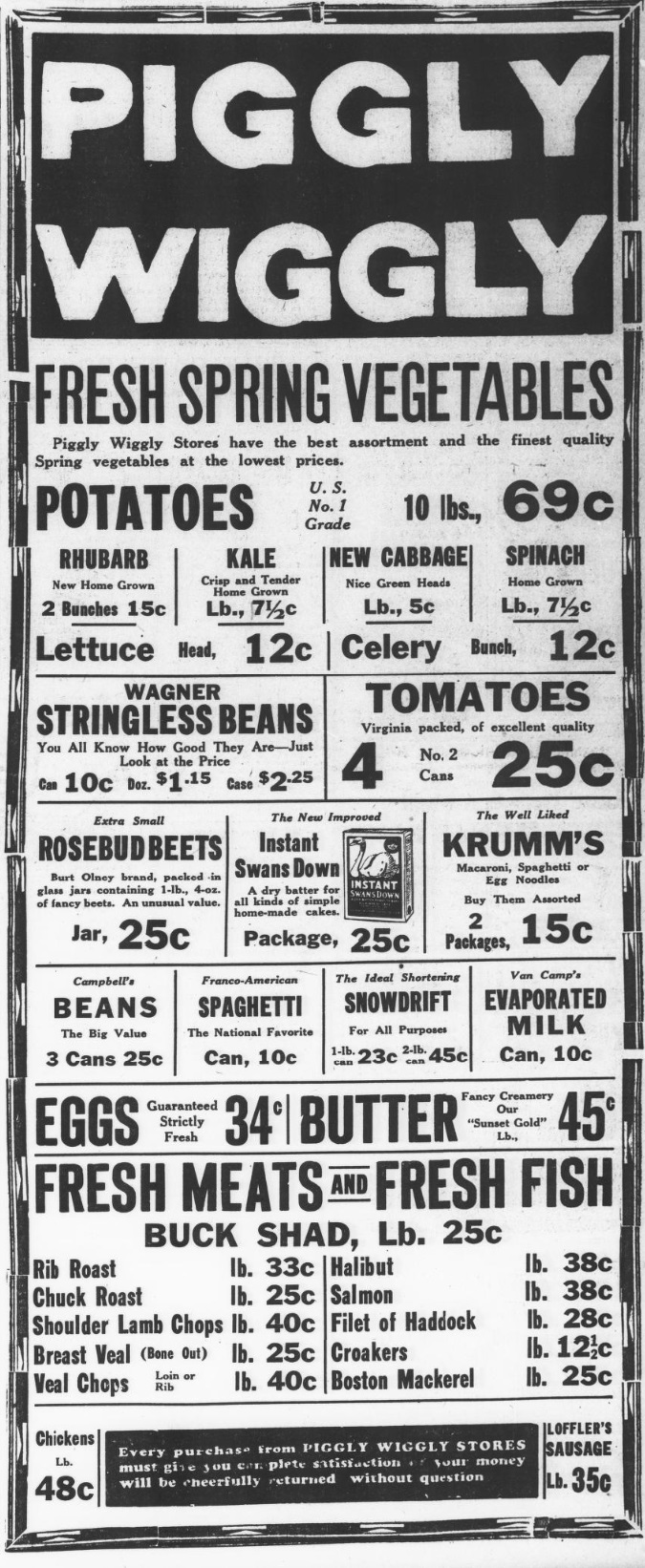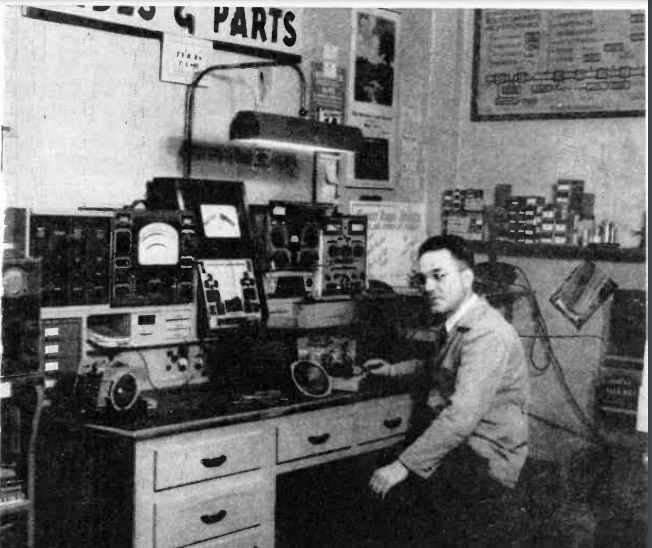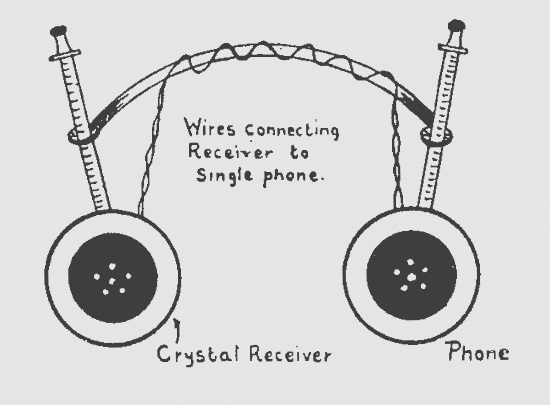
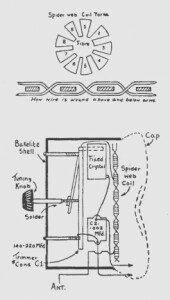 The plans for this crystal set from Down Under appeared 80 years ago this month in the April 1944 issue of Australasian Wireless Review. It’s dubbed a “mystery” crystal set, and the entire circuit is built in to one side of an ordinary pair of headphones. The coil is as many turns as possible of wire wound spider-web style.
The plans for this crystal set from Down Under appeared 80 years ago this month in the April 1944 issue of Australasian Wireless Review. It’s dubbed a “mystery” crystal set, and the entire circuit is built in to one side of an ordinary pair of headphones. The coil is as many turns as possible of wire wound spider-web style.
Before installing it into the headphone, it was a good idea to test it on a board, and ascertain the best spot to tap the coil. Then, it would be soldered into place and inserted. A small hole was drilled through which a shaft to the trimmer condenser was inserted for tuning. Two wires, with spring clips at the end, were used to connect to a convenient antenna and ground.
The magazine recommended a fixed crystal of the “small round flat type,” although we’re guessing a 1N34 diode would work even better. It noted that the detector might be hard to obtain, with a war going on and all, “but all good Radiomen should be able to rig something up.”
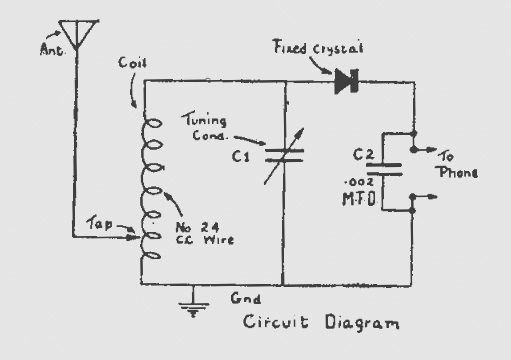
Some links on this site are affiliate links, meaning that this site earns a small commission if you make a purchase after using the link
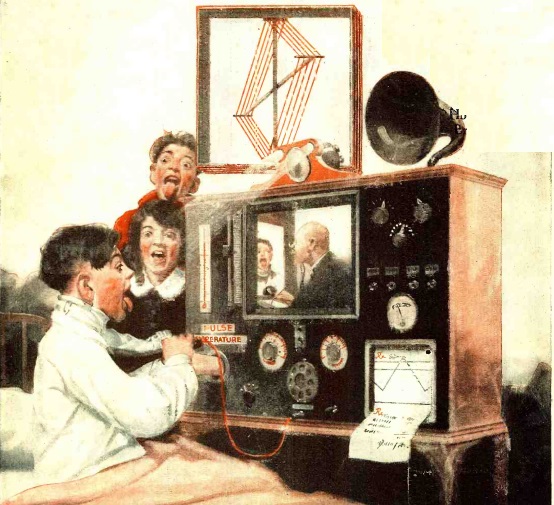 This artist’s conception of telehealth appeared a hundred years ago this month, on the cover of the April 1924 issue of Radio News.
This artist’s conception of telehealth appeared a hundred years ago this month, on the cover of the April 1924 issue of Radio News.



